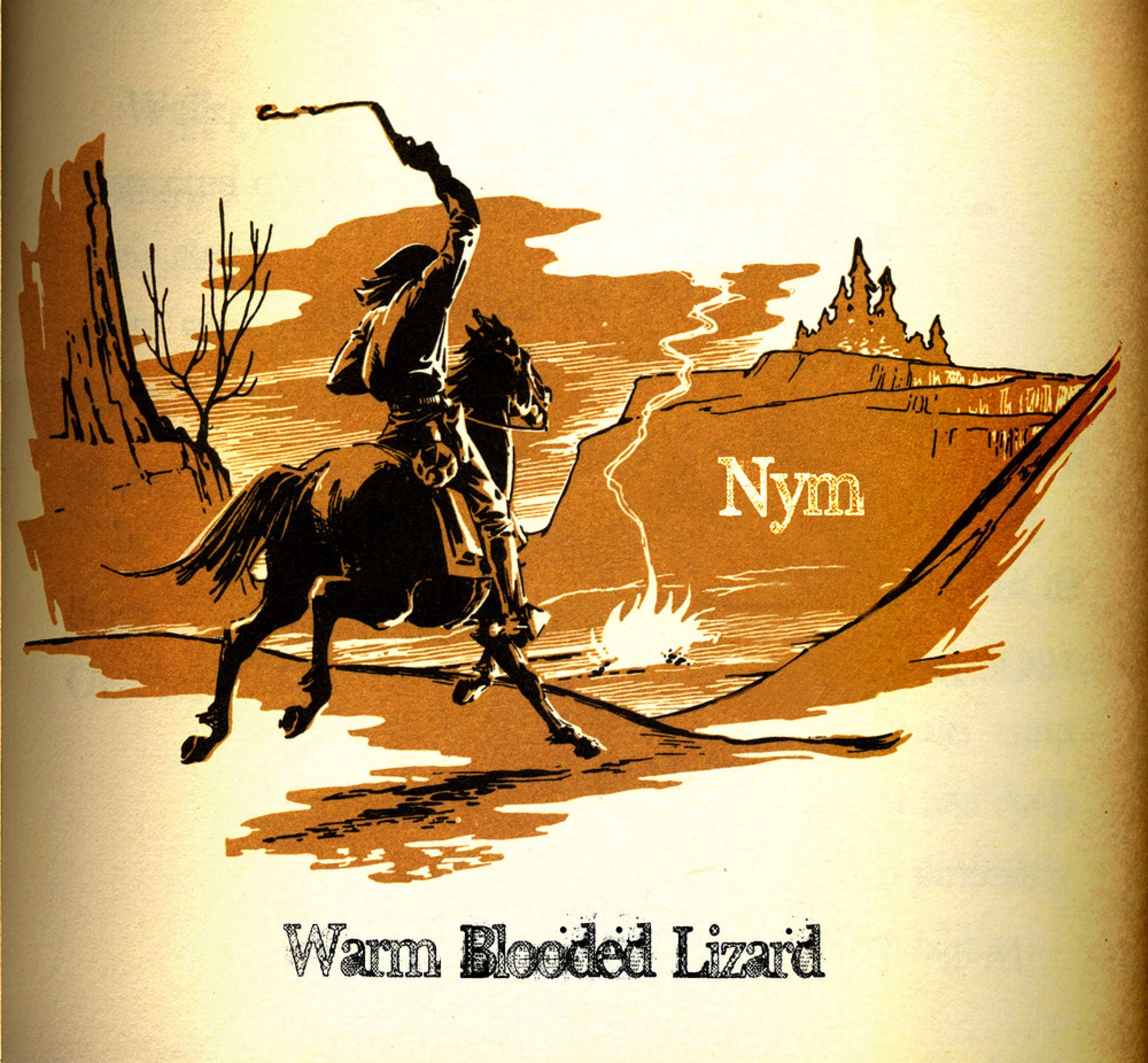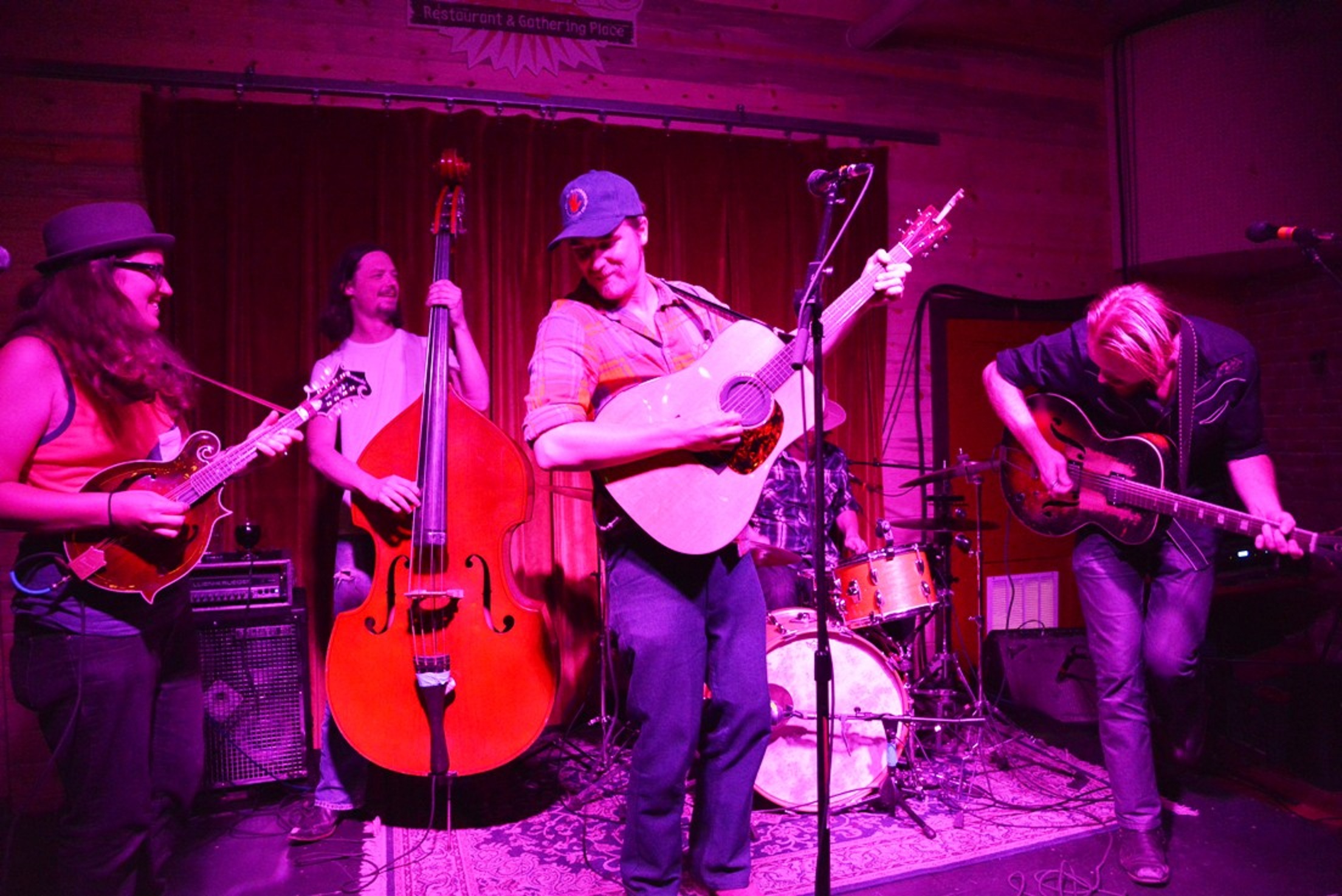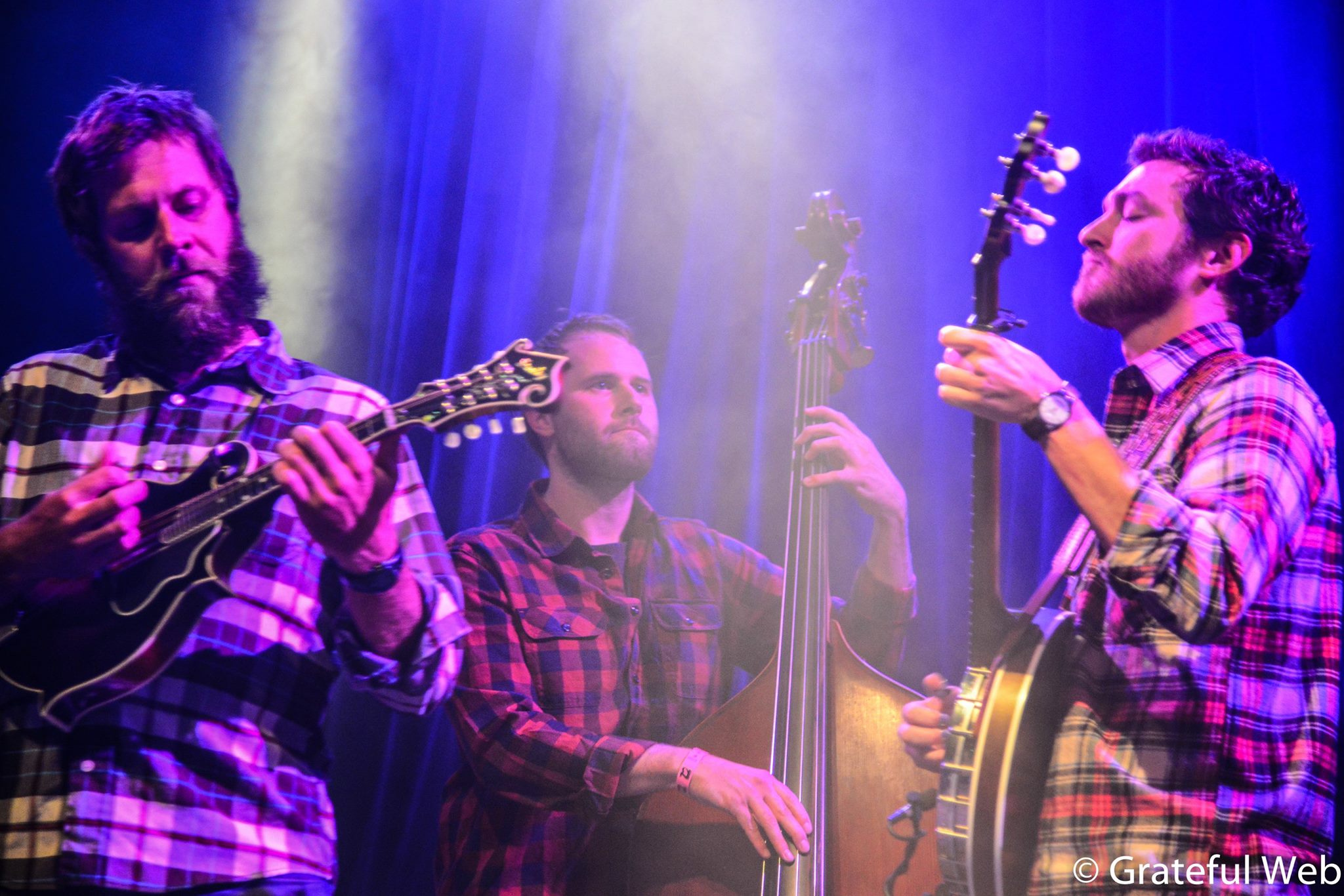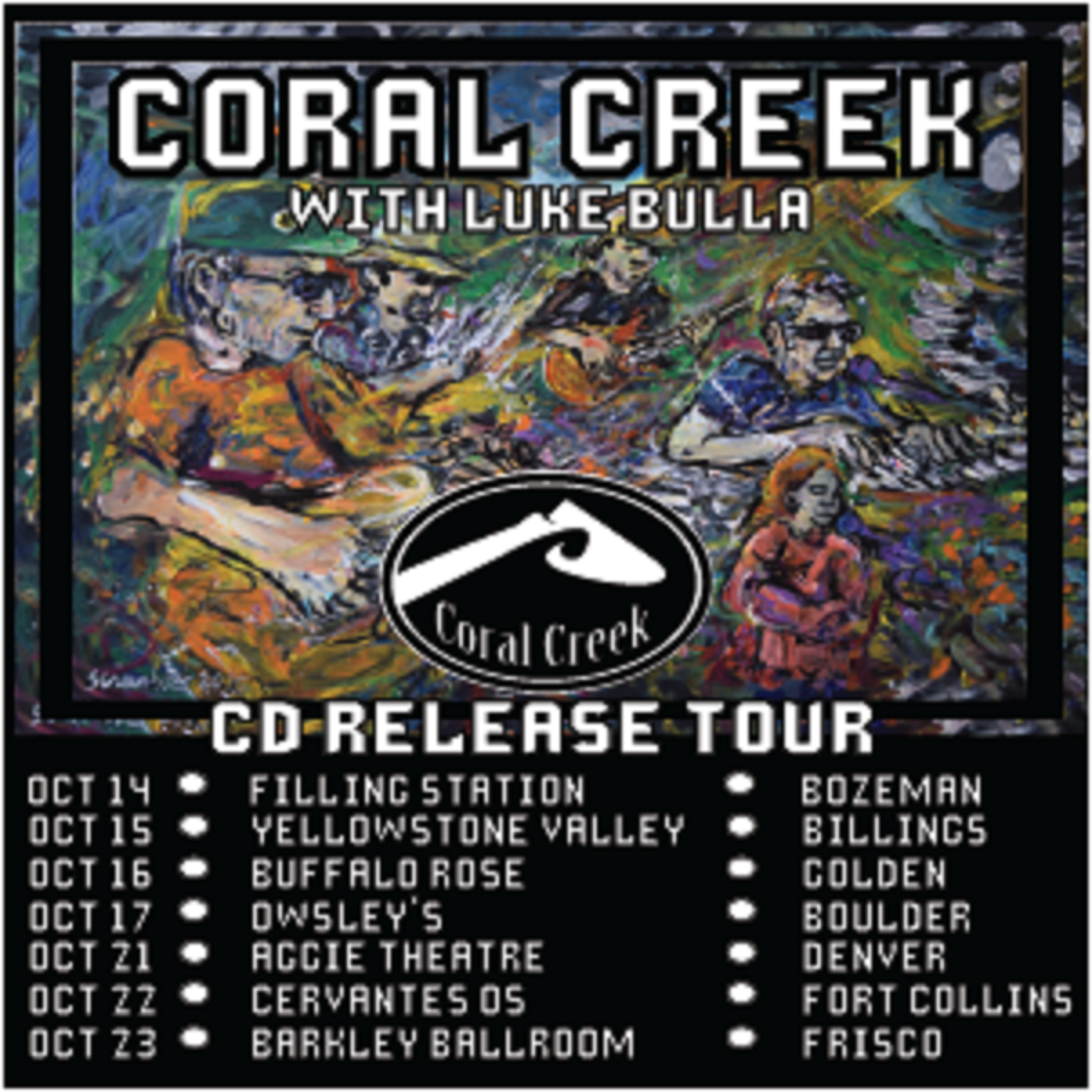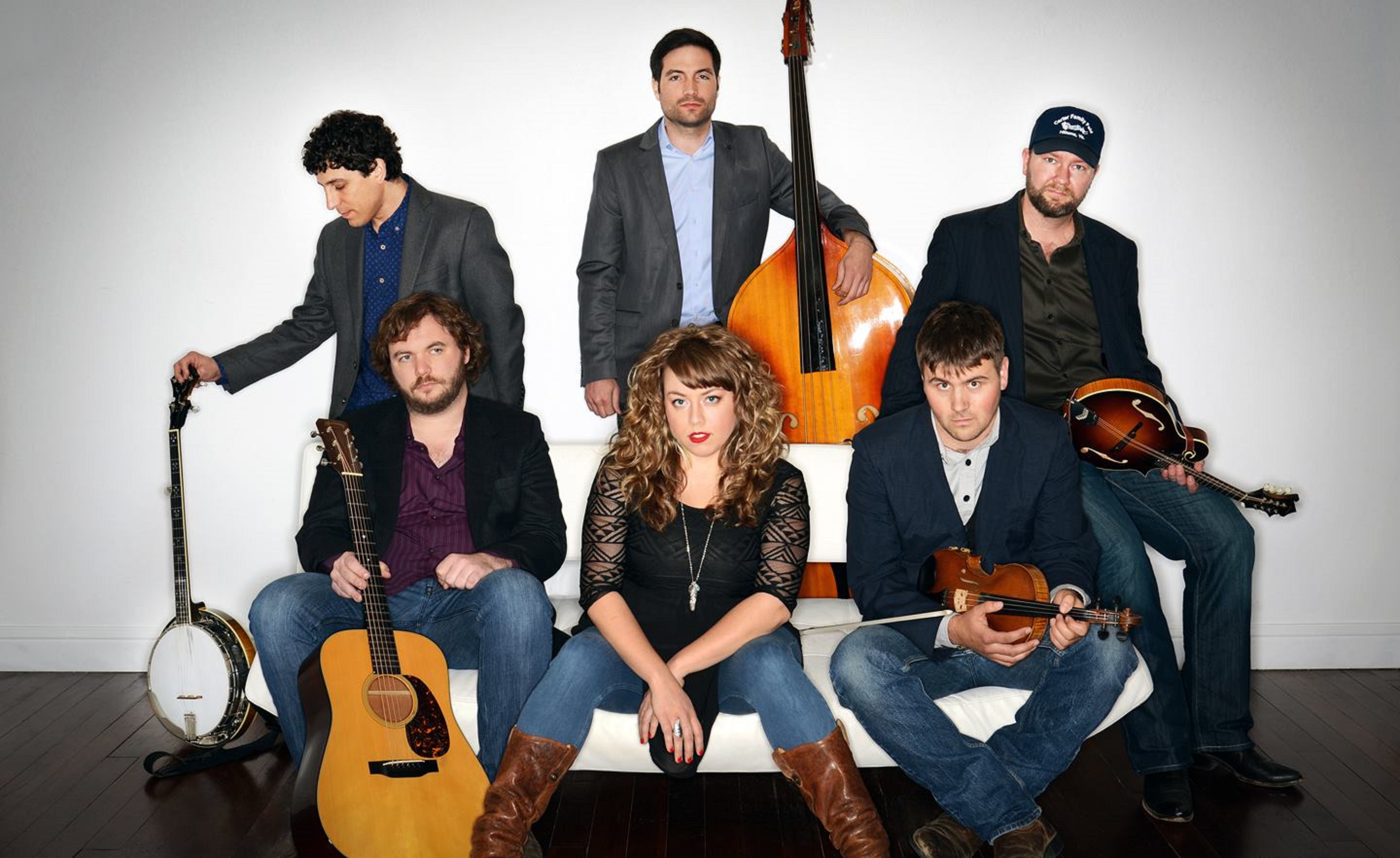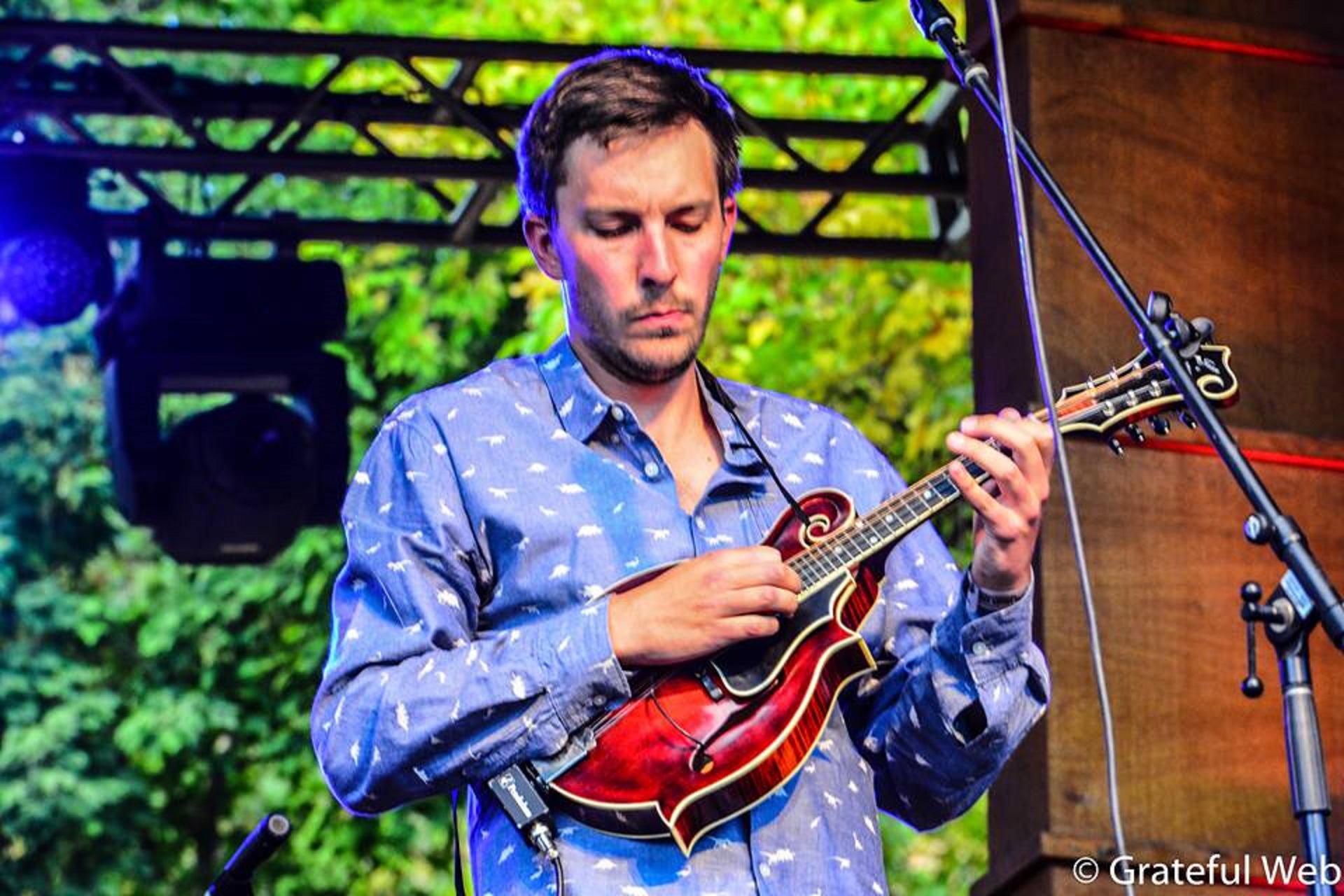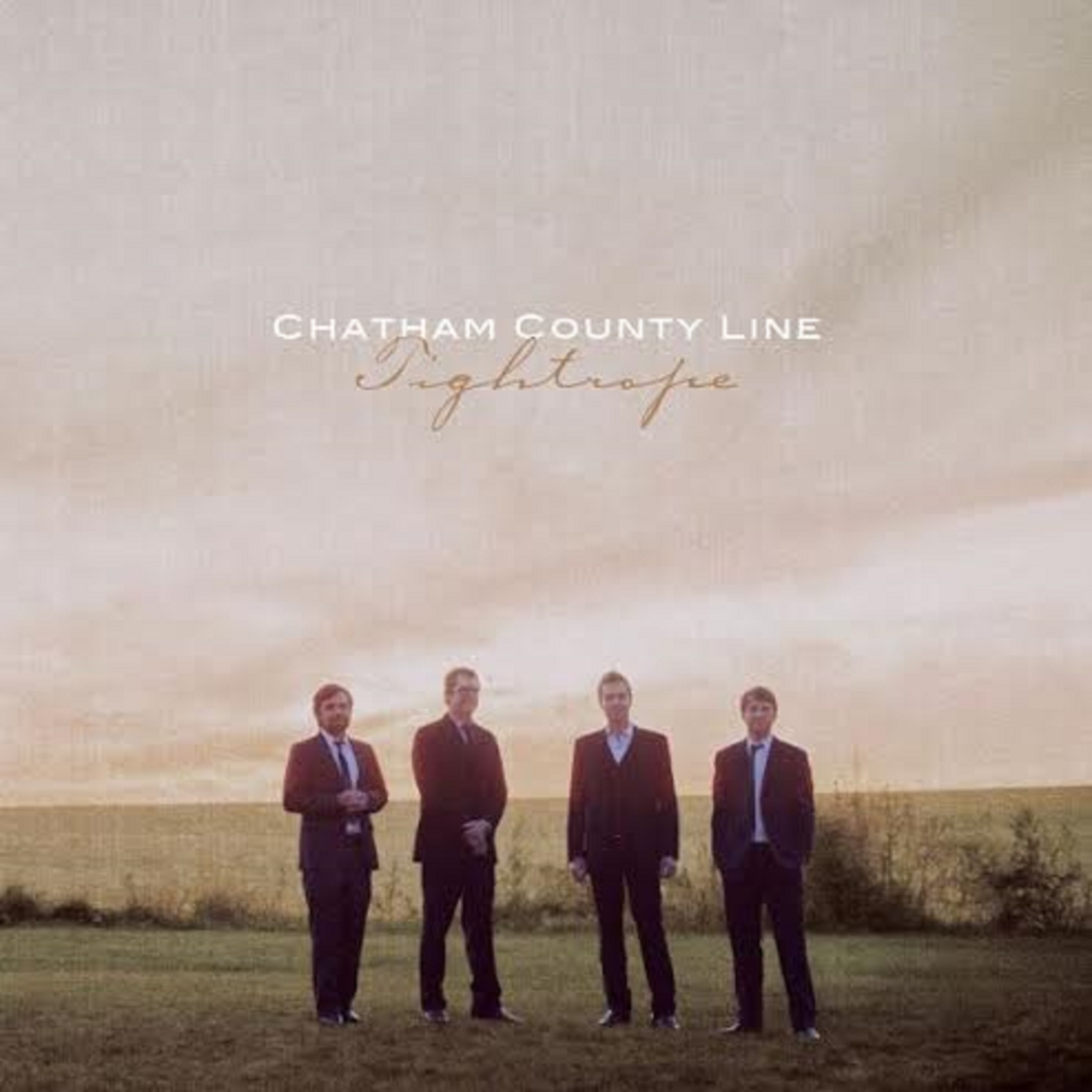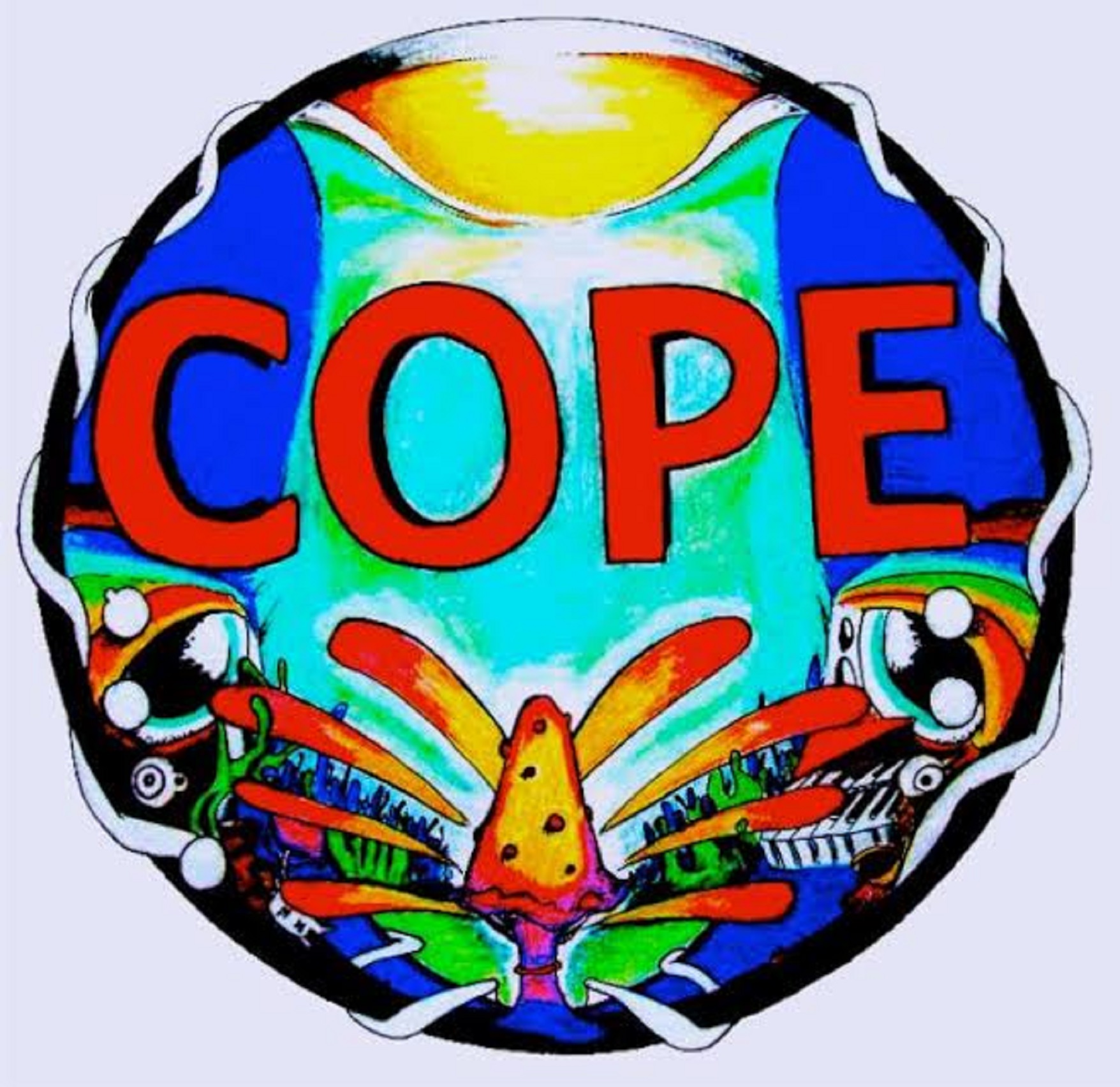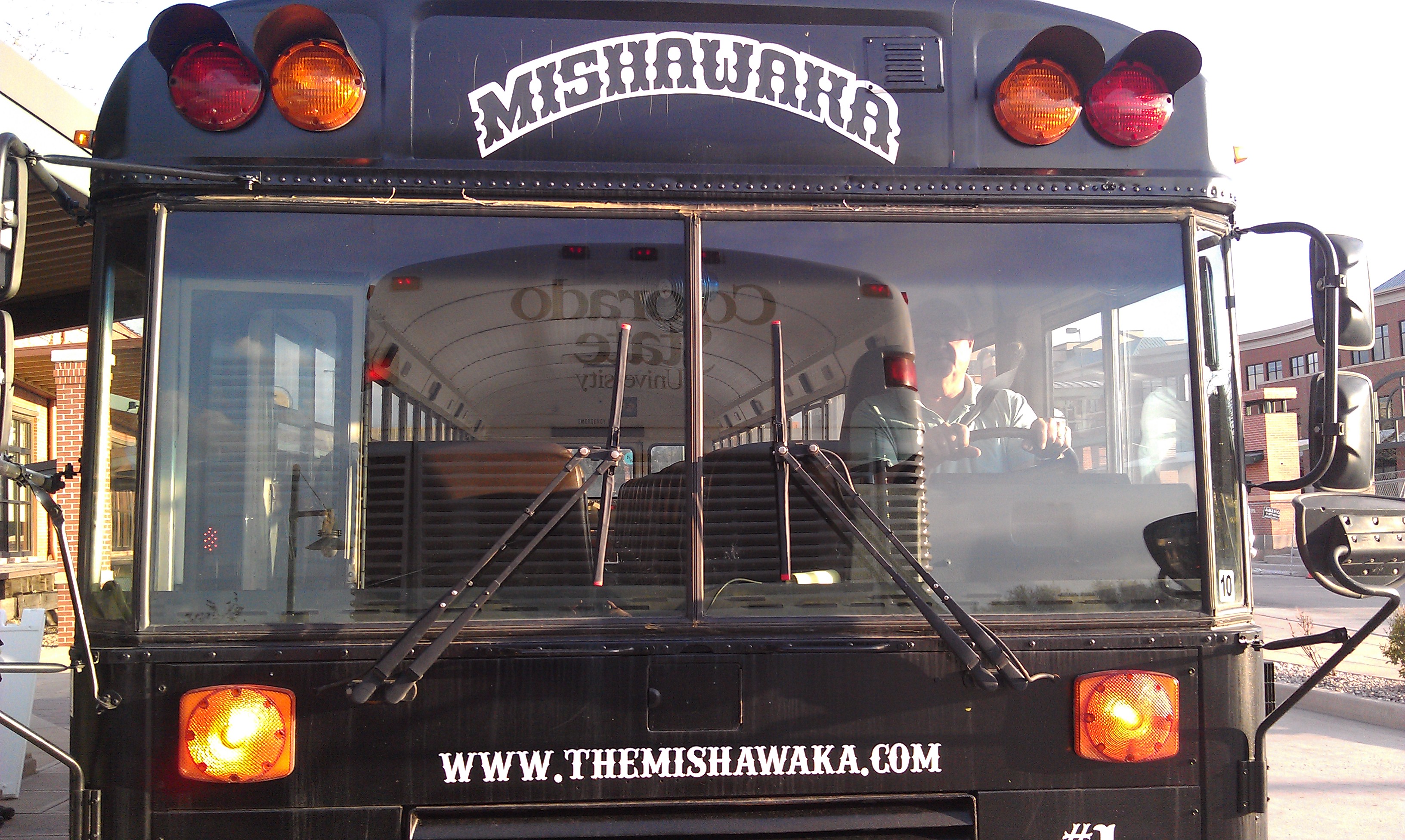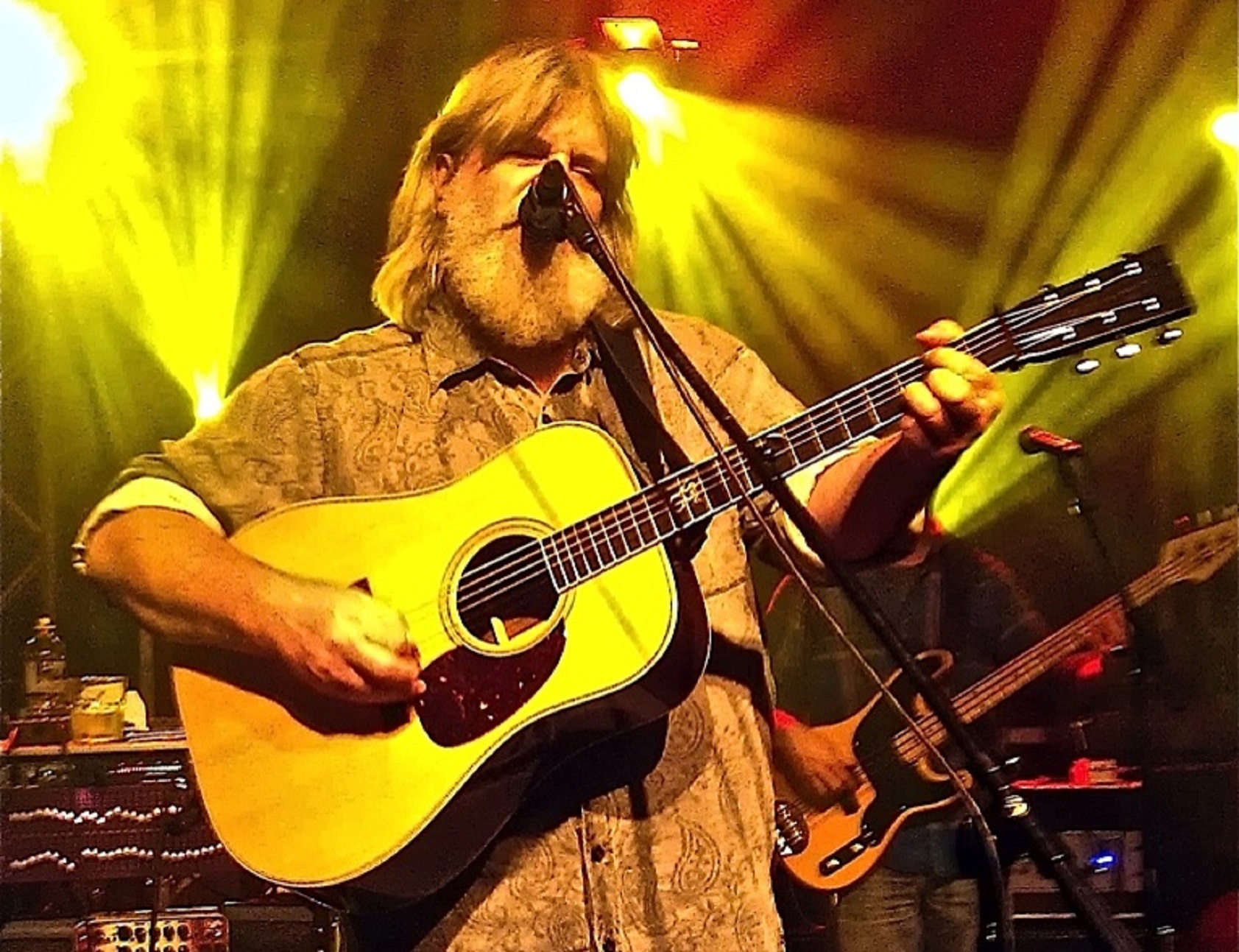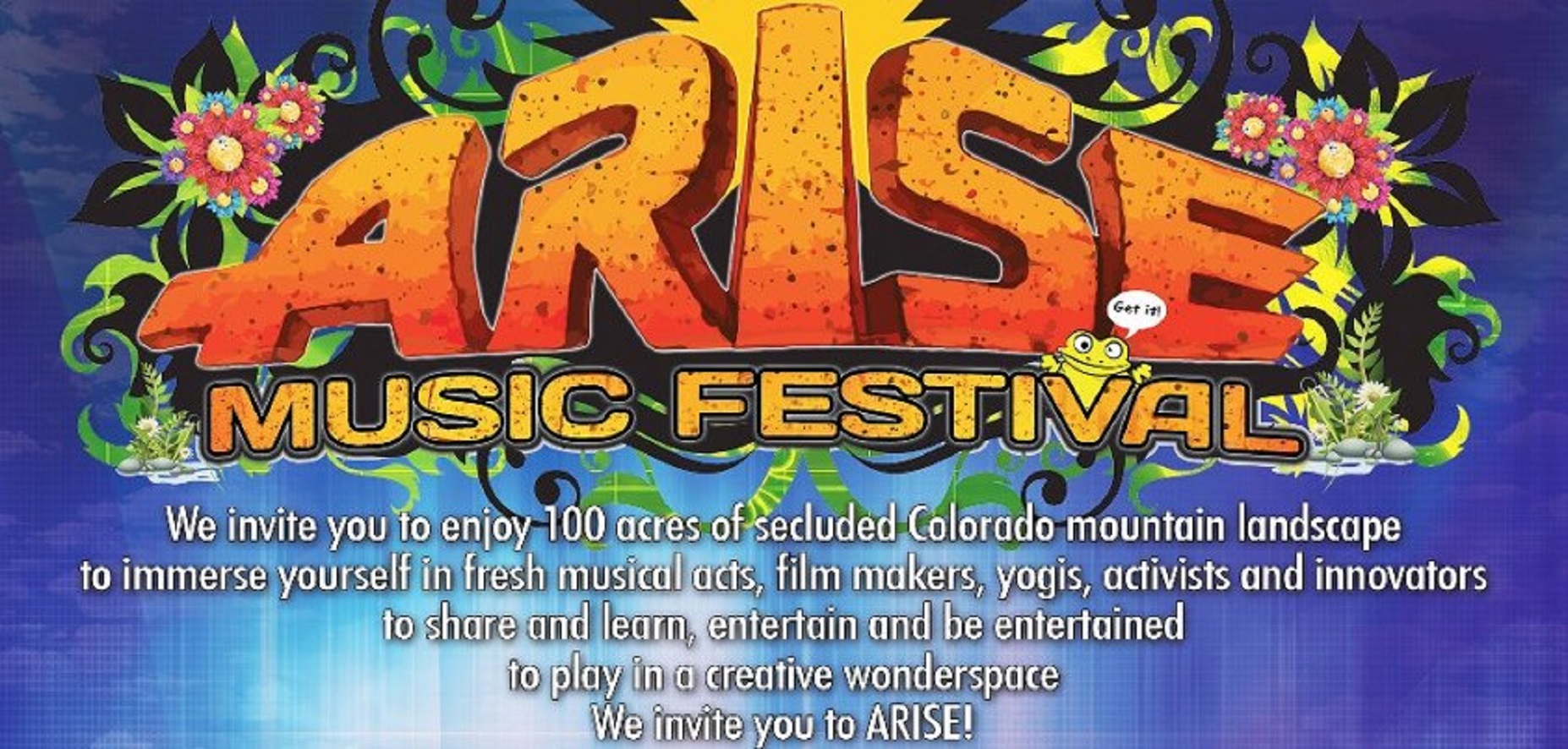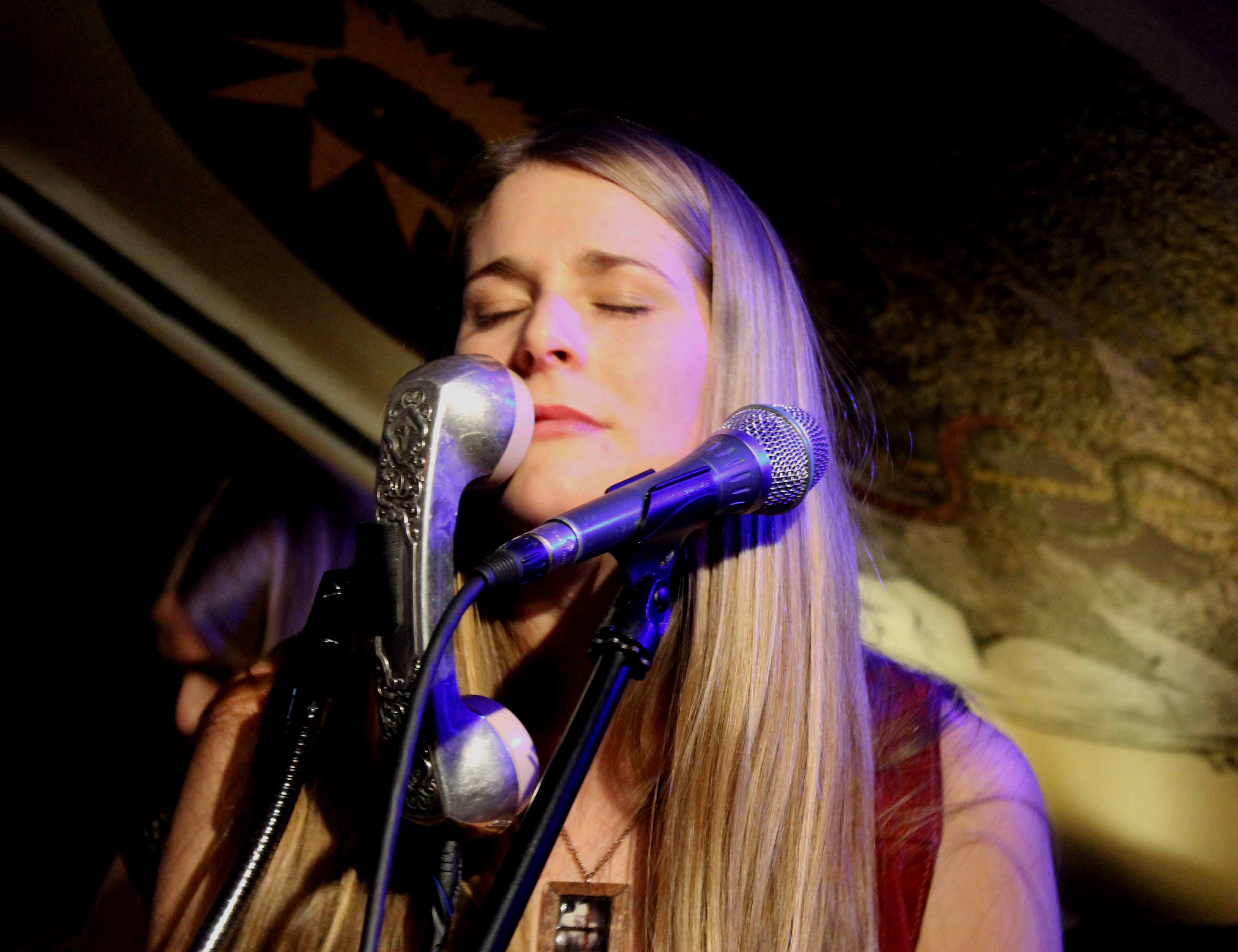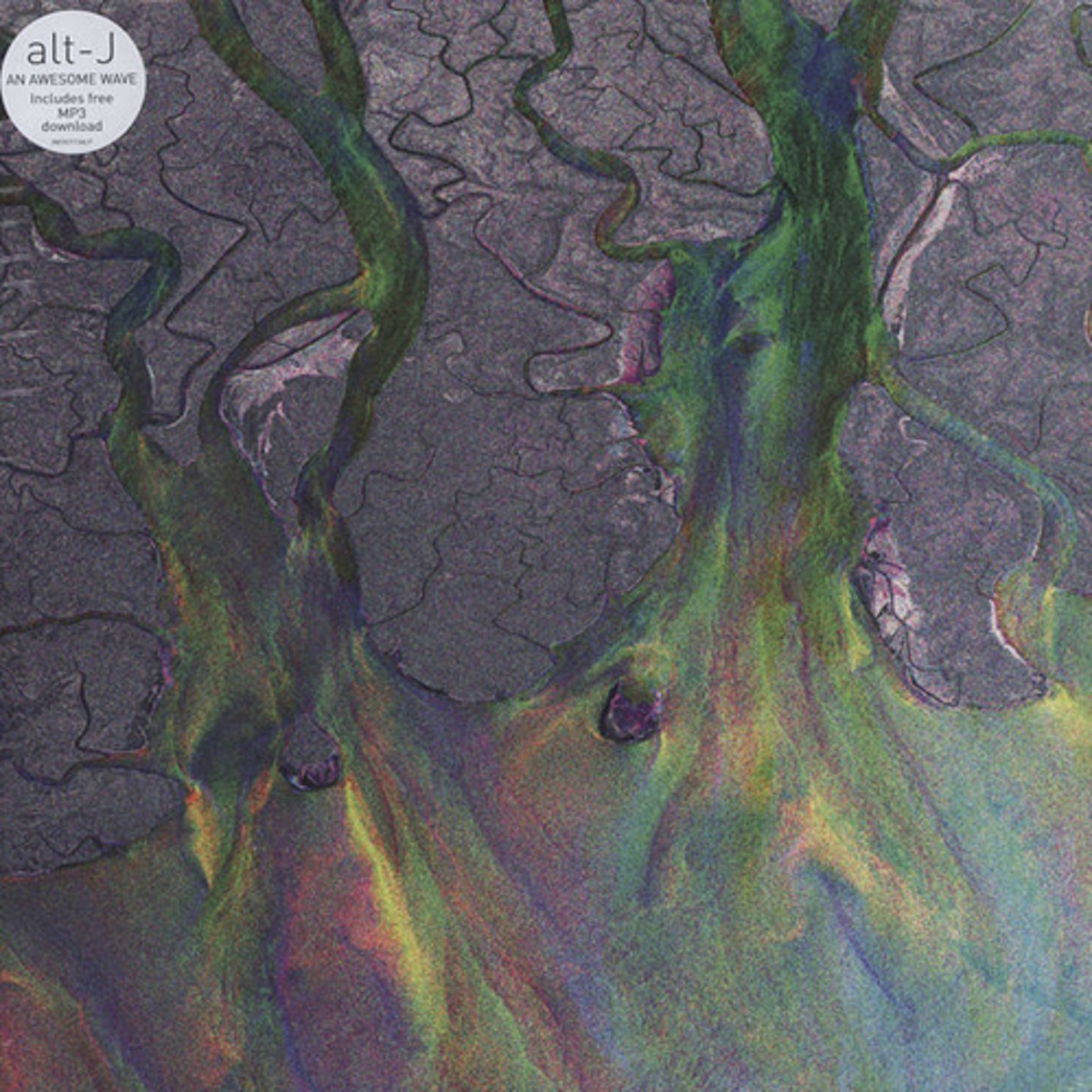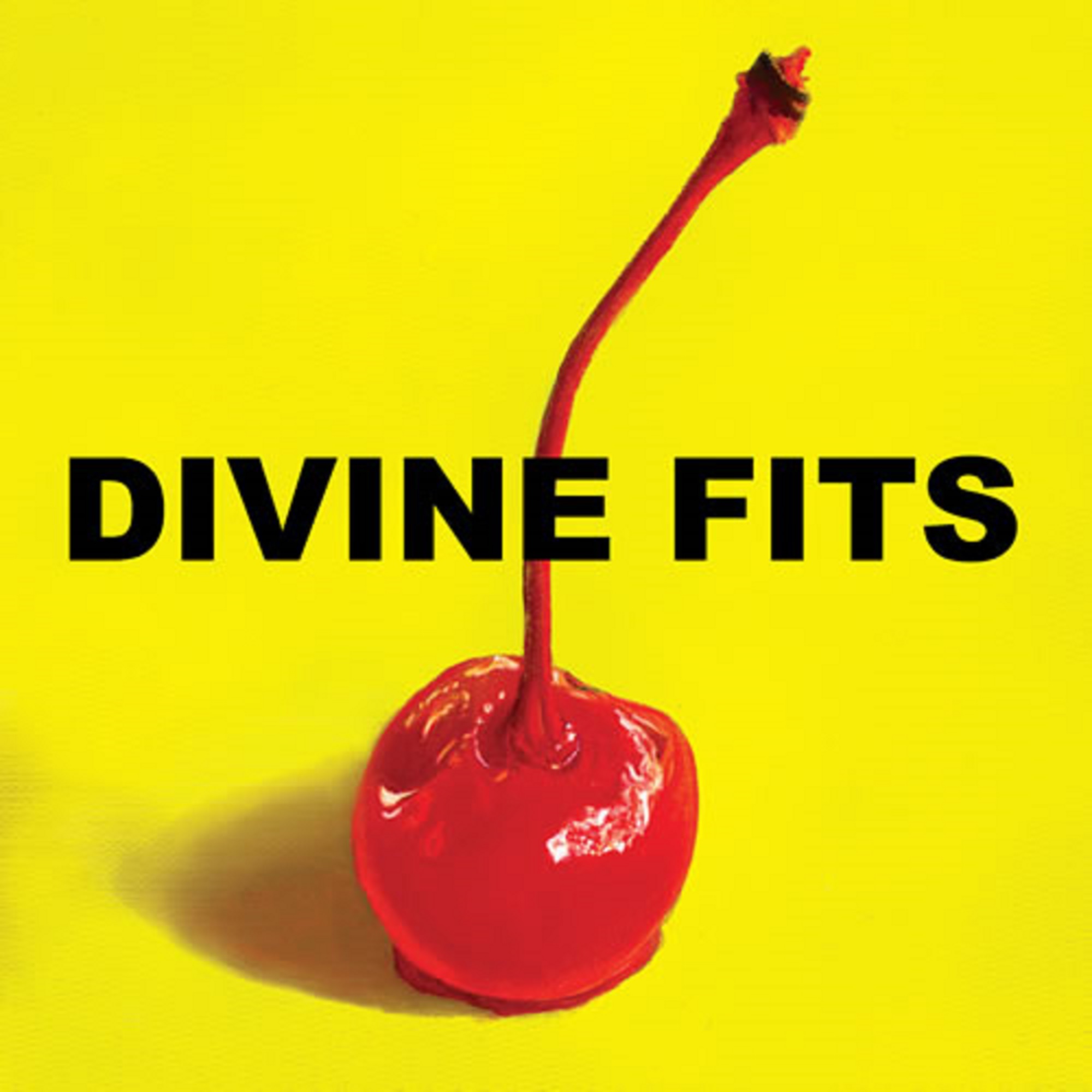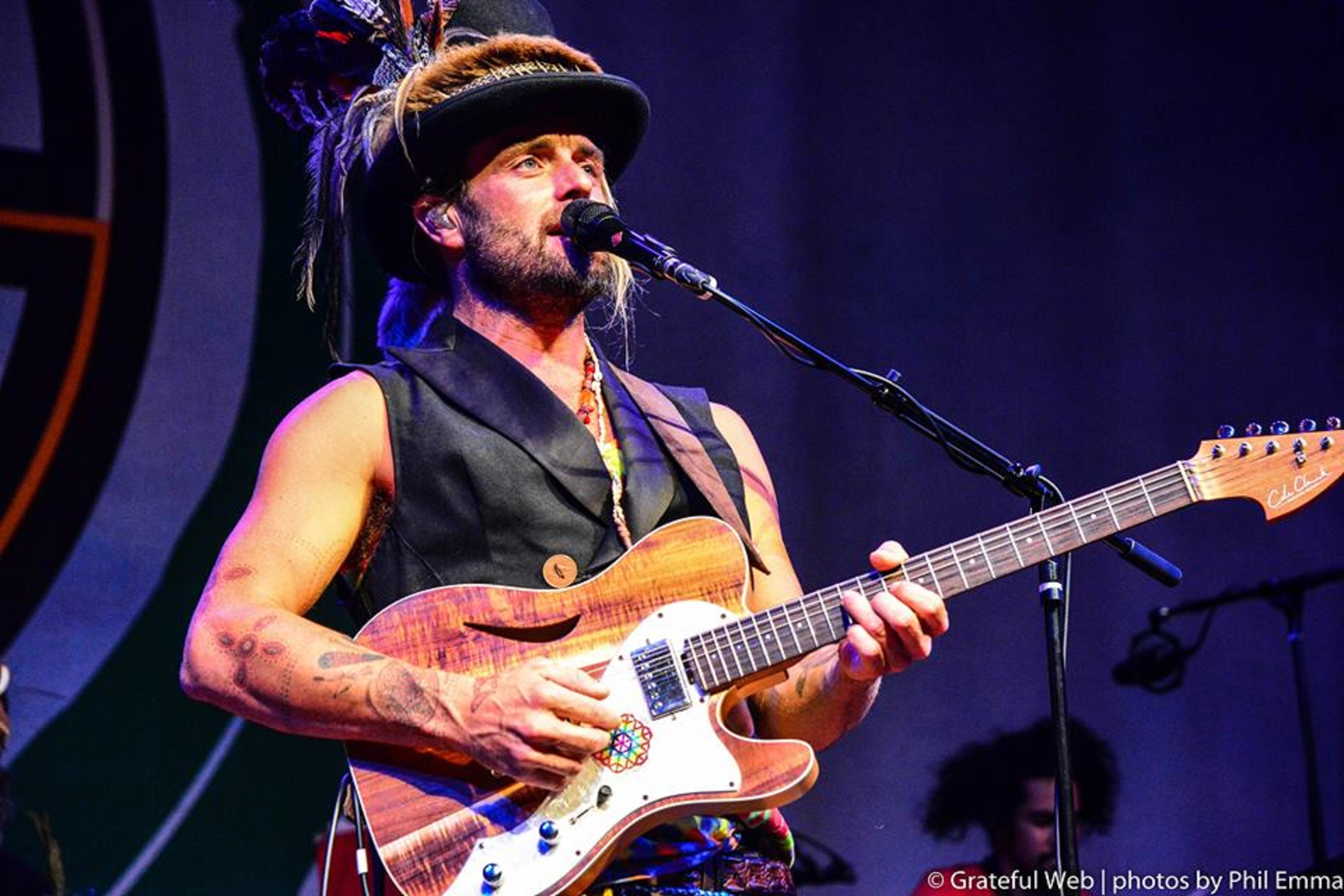As in all great Western movies, the hero is dark and nebulous. He rides through town morally ambiguous. On his heels, a shadowy past in pursuit like squalid curs nipping at his boot straps. He goes by NYM. Rumor has it he “captured an orphaned farmhand’s ragged cry for justice in a chipped whiskey bottle and drank it.” Currently residing in San Francisco, NYM is a self-produced, experimental instrumentalist who is both imaginative and talented. NYM explains his album "Warm Blooded Lizard" (Feb. 2011) is “inspired by the music and emotions of the spaghetti western film genre, contrasted with the presence and attitude of instrumental hip hop.”
Warm Blooded Lizard is cinematic-hop, a concept album composed of cagey samples from vinyl to VHS with live recordings. NYM credits the legendary Italian film director and screen writer, Sergio Leone and Ennio Morricone an Italian composer and conductor, who wrote the music for Leone’s “Dollars Trilogy.” NYM also worked with long-time friend and collaborator, Emancipator (Loci Records) on select tracks, “Derecho” and “Thistle.” Often in Westerns, the dusty voiced hero is laconic. On Warm Blood Lizard, only “Bandida” offer the audience verses from NYM. This track and “Hanging,” where NYM is accompanied by female vocalist, Kathleen Drake who provides the vocal caricature of a frontier, forlorn love.
Warm Blooded Lizard was not the only Spaghetti Western-inspired genre album that year, remember Danger Mouse and Daniele Luppi’s Rome (May, 2011). However, NYM’s concept album is more robust. Warm Blooded Lizard musically explores the Western film genre, and reimagines it. The American Film Institute defines Western film as “a genre of films set in the American West that embodies the spirit, the struggle and the demise of the new frontier.” NYM reinterprets the new frontier, and exposes an electronic soundscape full of crags, valleys, and mad villains. “Lesser Known Good” concludes the album, perhaps best representing what NYM intended, “I want my songs to have the weathered face of a travelling gunman and the heart of a mourning dove.”
Listen to the Warm Blooded Lizard
Grateful Web’s Interview with NYM
GW: NYM, thanks for agreeing to speak with the Grateful Web regarding your self-produced album, Warm Blooded Lizard. First off, I just want to say… Wow, you have blown me away; this is one of the most imaginative, adventurous, detailed albums I have heard in a long time. The album is an epic journey, but for you, where and how did it begin?
NYM: Rumor has it that I captured an orphaned farmhand’s ragged cry for justice in a chipped whiskey bottle and drank it.
I grew up listening to my parents’ folk music – lots of acoustic stuff, Joan Baez, and the like. Intense emotion with haunting and mournful melody. That stuck with me. I wanted to create songs that would drag ancient feelings out of my memory. This seemed at odds with a lot of conventional hip hop, even the instrumental stuff. I feel like a lot of the genre plays it very, very safe and plays emotion close to the chest. This is not an option for me.
GW: Warm Blooded Lizard is an ode to the Spaghetti Western, you implore traditional hip-hop and trip-hop elements with cinematic samples to create a ballad or story. In your own words, what is the synopsis of Warm Blooded Lizard?
NYM: Hah. The songs are certainly filmscore material, but I’ve never put an actual story behind any of them. Only images and emotions. When I write music, I am doing my best to create and describe a real physical “space” or “room” that exists in my head…you’ll hear me describe my stuff as “strange room hip hop” even though it makes no sense. It’s like a shoebox diorama or snow globe. You’re an outsider looking into some weird enclosed space – in this case, a space where the air trembles to the tune of a campfire guitar or crackles with gunfire. That’s the best way I can explain it. I think the rest of my catalog (and my upcoming projects) will help to clarify this description.

GW: RZA of The WU- Tang is famous for merging Music and Martial Arts movies. You have reinterpreted this concept to merge Music and Westerns. Has his use of sampling served as an influence on your sound? Or is it just a correlation, not causation? Who would you say are your musical influences, any recommendations for further listening?
NYM: I’ve been told that my music would work well in a Quentin Tarrantino movie.
Comparisons to RZA have come up sometimes. They’re more apt than I was initially aware of. We both start with one genre and bend it to something else. Then, the image builds itself, even if the end result isn’t remotely in line with the original source. Kung fu or six shooters provide reference, listener imagination does the rest. It’s kind of like tricking someone to write a good story and then claiming credit for it.
I think RZA and I found ourselves drawn to the same happy coincidence – you can stray long and far from your original concept as long as you frame your song in the right way. The bleakest song from “Warm Blooded Lizard” is “Forlorn Hope” – a song that only became “western” when I realized how strongly influenced it was by my then-obsessive researching of the Donner Party.
GW: We talked about musical influence, but I have to ask...how many Westerns have you watched? And of course, what are some of your favorites?
NYM: I’ve watched a lot of westerns—no idea how many exactly. Amusingly, there are still some iconic ones that I have not seen: “Once Upon a Time in the West” for example. For a while, I’d put them one and just listen for quotes. I am also fond of the old radio show “Gunsmoke.” I spent a lot of time walking around San Francisco listening to different episodes of “Gunsmoke.” Some of my favorite quotes came from that one.
I don’t like the John Wayne/American ones that much. They lack almost everything about a proper Western film that I like and trade it for cheese. The good guy is too good, the bad guy isn’t bad enough, and the music is embarrassingly out of touch with the action onscreen. They sacrifice the lawlessness and brutality of the time for fuzzy feelings. It’s a completely different genre than the dusty films that I studied.
Some of my favorites… “Death Rides a Horse” is excellent, as is “God Forgives – I don’t” and “Django.” Of the “Dollars” trilogy, my favorite is “For a Few Dollars More.” El Indio is probably one of the best western villains I’ve ever seen. He’s out of his goddamn mind.
GW: This concept album is an ambitious endeavor, you literally blended hundreds to thousands of samples from vinyl, CD, VHS and DVD to create your story. Who long did it take you?
NYM: The oldest song on Warm Blooded Lizard is “Rats!” or maybe the beat for “Bandida” … or maybe even “Right Here and Now.” Early versions of those came to be back in 2006. Often I create something that I am not yet mature enough to finish. I work very slowly on some songs – other, I’ll finish in a weekend.
GW: I saw you held a Western Outlaw Name-off Competition on your Facebook page. You also regularly interact with your fans on Youtube and SoundCloud. How has social networking helped you to reach new fans and other musicians?
NYM: It’s been key. I am not an aggressive promoter, so it’s been fun to see material that I released a while back making some real ripples. I receive so much positive feedback from my fans. They keep me dedicated and help me prioritize the rest of my life around my music. I tremble when I read a Youtube comment on “Lesser Known Good” and a listener informs me that their “heart just exploded,” or that they got chills. It blows my mind, just knowing that in every minute of every day, someone is listening to my music.
GW: Outside of Warm Blooded Lizard, what other projects have you or are you involved with?
NYM: I released “Edge City,” my first instrumental album, in 2006. It’s a very different sound – quirky boom bap style hip hop. The vibe of that album is best described as stumbling through a dusty old attic full of questionably broken windup toys and moth-eaten clothing. The time in between 2006 and 2012 was spent growing up, moving to California, and serving the less fortunate for a couple years.
GW: I see you remixed Emancipator’s “Anthem.” He also worked with you on “Thistle” from Warm Blooded Lizard. I’ve heard you guys go way back, what is it like working with a childhood friend?
NYM: You couldn’t hope for a better contemporary than Emancipator. Aside from the tremendous music he has made and his contribution of guitar to my work, he gives me great hope for the future of the genre and for the feasibility of long-term success for its musicians. I look forward to his new label, Loci records, which recently released Tor’s badass debut album.
Remixing “Anthem” was hard work! I came at that song maybe five different times from a different angle and found myself simply recreating it again and again. Finally, I had to scrap it and start from scratch, then blend my own song into Emancipator’s masterpiece. I’m very happy with the result and with the exposure that it got me.
GW: Thanks again for speaking with Grateful Web. Also, I just want to offer a place to address your fans, is there anything you’d like to say to them regarding this album or upcoming projects?
NYM: First of all, thank you. Yall are the best fans a fella could want. Please help spread the word about my music so that I can truly make this my life’s work – I’m so close! I have two projects going on right now, both of which are nearing completion, so you don’t have long to wait for the new stuff. The proceeds of my next album, “A Trembling in the Stone,” will go to secular US and international charities.
When these projects drop, I am counting on you to share them to any and all friends of discerning taste and questionable moral character. This will be my first opportunity to use my music to do some serious and quantifiable good in this world – I hope you will be with me.






